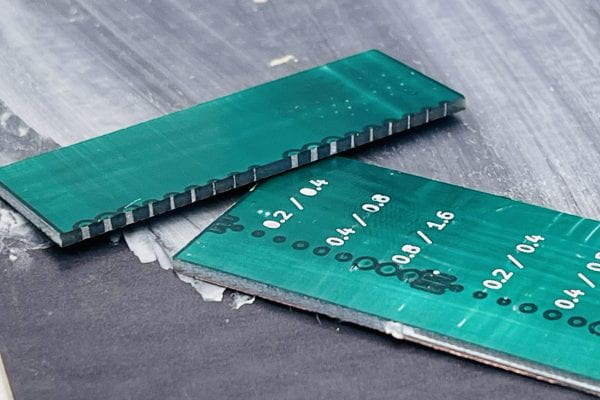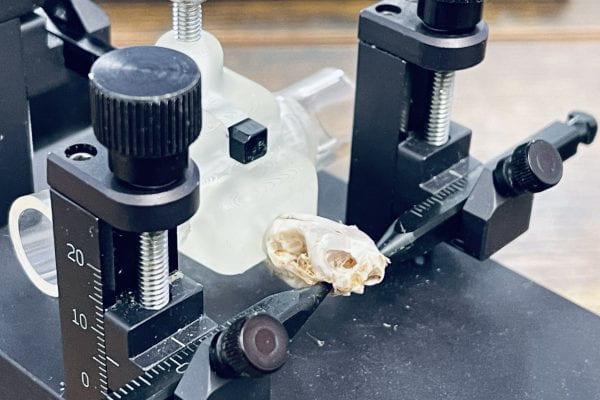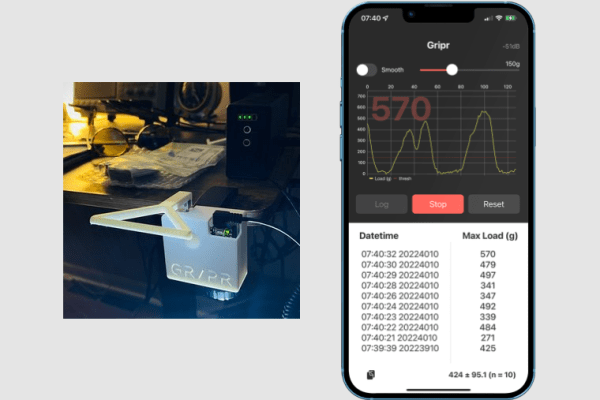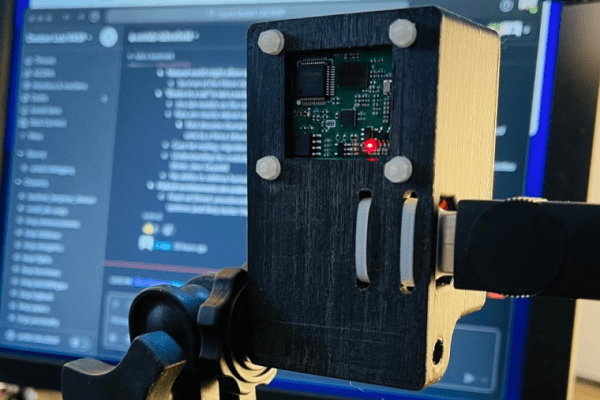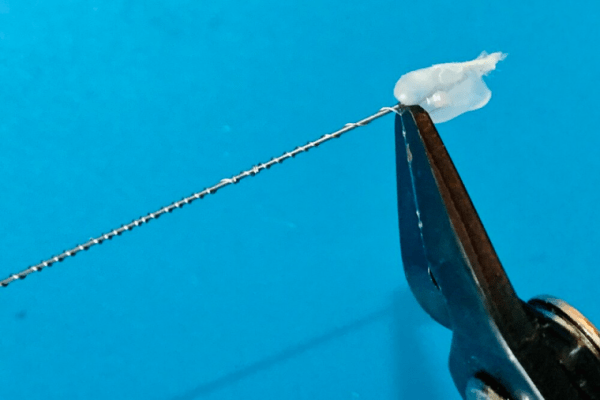











Case Studies
At-a-distance Liquid Measurement Sensor for Tracking Sub-mL Consumption
Here, we present a tube-based magnet float and enclosed magnetic sensor array to determine and record sub-milliliter liquid intake every 10s called “Tubetrode”.
A Leak-proof Countermeasure for 3D-printed Vessels Under Pressure
We aimed to determine if a spray coating could mitigate leaking. Furthermore, if deployed as a submersible/vessel, could our parts withstand acute exposure to external pressure (e.g., up to 80 meters)?
Leveraging the OpenAI Assistant for a Customized Chatbot Experience: A Technical Overview
In this article, I aim to show the process of integrating the OpenAI Assistant into a web-based chatbot.
Conductive epoxy PCB vias: How small can you go?
We investigated how small vias can be made when using conductive epoxy to make 2-layer PCBs using in-house manufacturing techniques.
An Anesthesia Mask for Dunnarts: Neuroscience in a Non-traditional Marsupial
Recently, Richards Lab has been investigating cortical activity patterns but has been limited by their ability to perform long-duration anesthesia on dunnarts.
GR/PR: An open-source grip strength meter
In animal models of limb disuse, grip strength (or force) is a measure used to characterize the time course and severity of muscle atrophy.
Evaluating a 60GHz mmWave radar system
Accuracy and applicability of Seeed Studio 60GHz mmWave Sensor (Breathing and Heartbeat Module) based on the MR60BHA1 60GHz radar module
Helical electrodes for electrophysiology in wild animals
In applications where electrodes are being routed or weaved—especially if the animal will undergo full recovery and resume normal behavior (like in a wild or free-ranging animal)—lead flexibility is going to be critical to the endurance and quality of the electrophysiological recordings.

